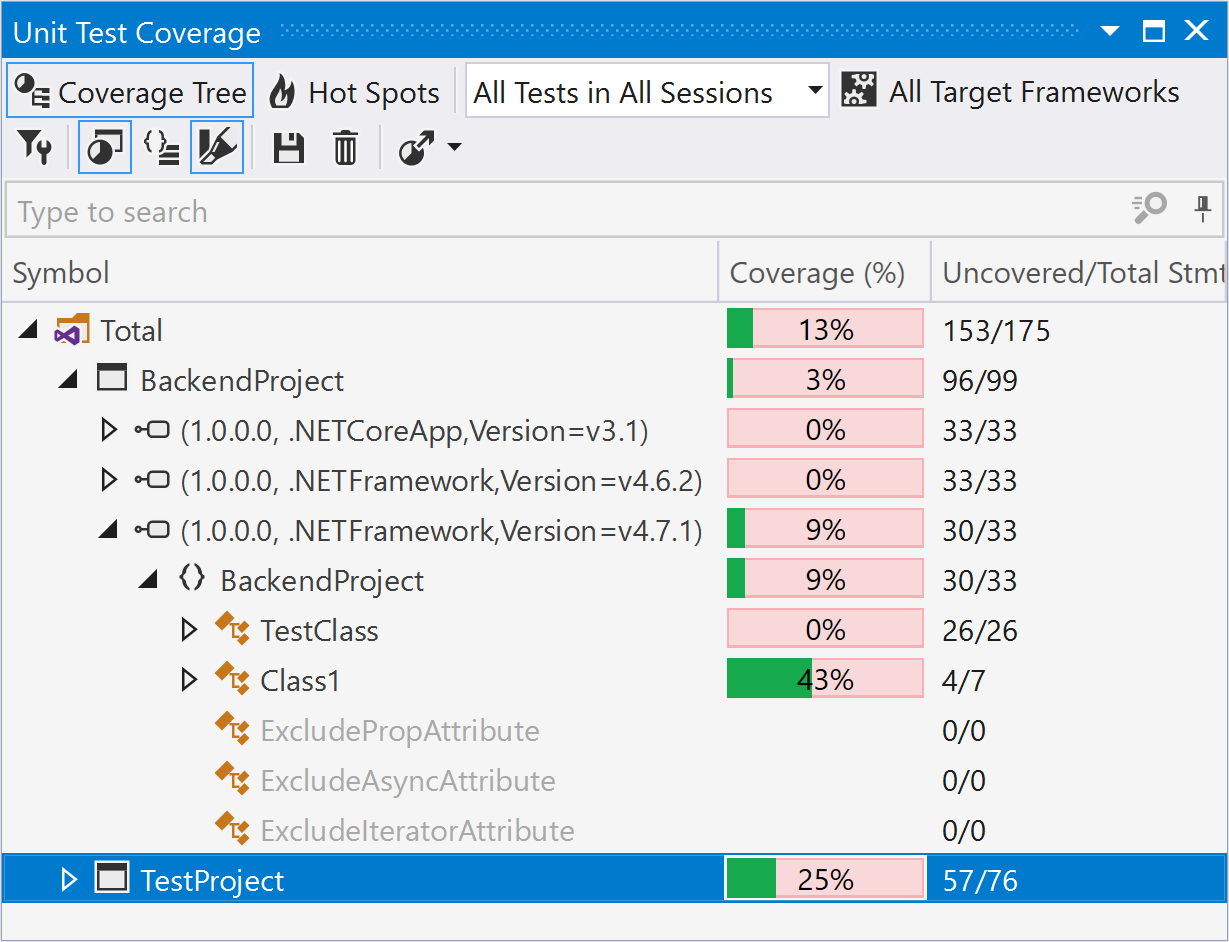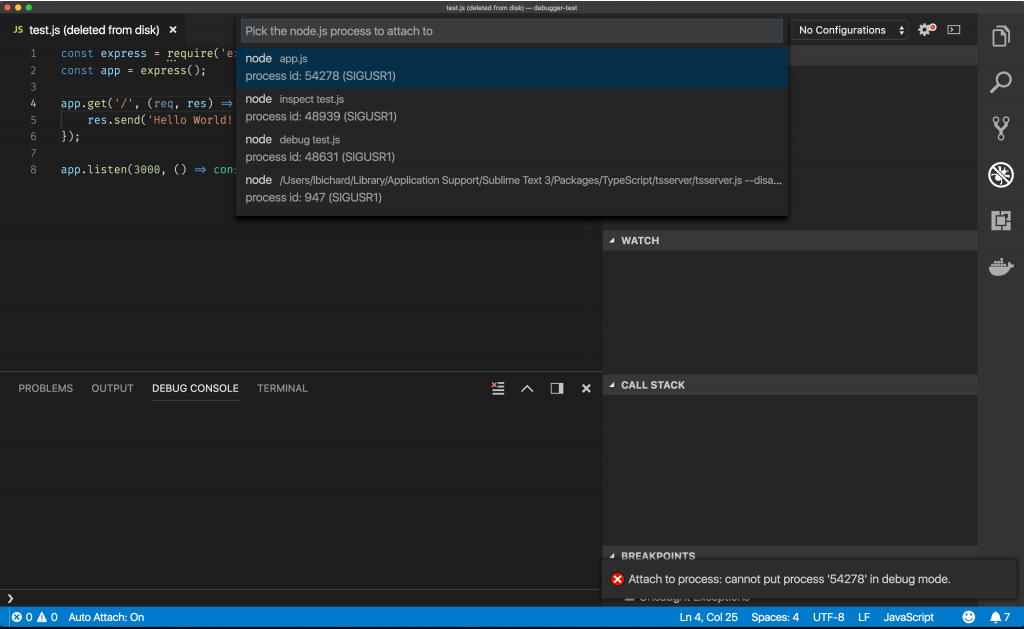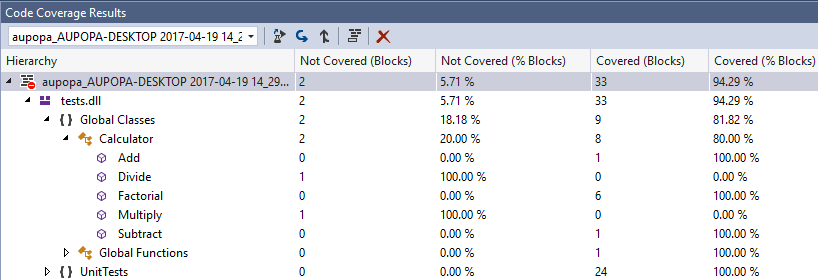

This also allowed us to dramatically reduce what we install locally when you’re building apps in a C odespace. This allows you to work on enterprise scale application without impacting y our local machine’s resources. With C odespaces, many of the CPU intensive operations like loading the solution, building, and debugging are offloaded to the cloud. On a local machine, Visual Studio compete s with other apps for resources with limits in CPU and disk space.

Sign-up to try GitHub Codespaces for Visual StudioĬreate GitHub Codespaces from Visual Studio 2019 In your tsconfig.json file change rootDir parameter to. With this change you also need to change a couple of parameters in your tsconfig.json file and package.json file. To fix this, move test folder out of src folder so they will be on the same level.

The problem with tests code coverage arise from a simple fact that coverage is measured for src folder and tests code is there as well. That doesn’t seem right, so let’s fix it by some structural changes. It looks really nice, but you may noticed one small problem here that tests code was covered as well. You now can open index.html file there to see HTML-based report. Yay! All the information related to code coverage was saved to coverage folder in the root of your extension. Reports written to /Users/rpeshkov/Developer/vscode-extensions/vscode-testcov/coverage Create file coverconfig.json in the root of your project with the following content: Originally this code is taken from here, but I’ve made some changes to be compatible with strict mode.Īlso, you need to provide configuration for the Istanbul. Since we are not running in a tty environment, we just implementt he method staticallyįunction configure(mochaOpts: any) : void `) Linux: prevent a weird NPE when mocha on Linux requires the window size from the TTY * tslint:disable no-require-imports */ import * as fs from 'fs' Ĭonst remapIstanbul = require( 'remap-istanbul')


 0 kommentar(er)
0 kommentar(er)
